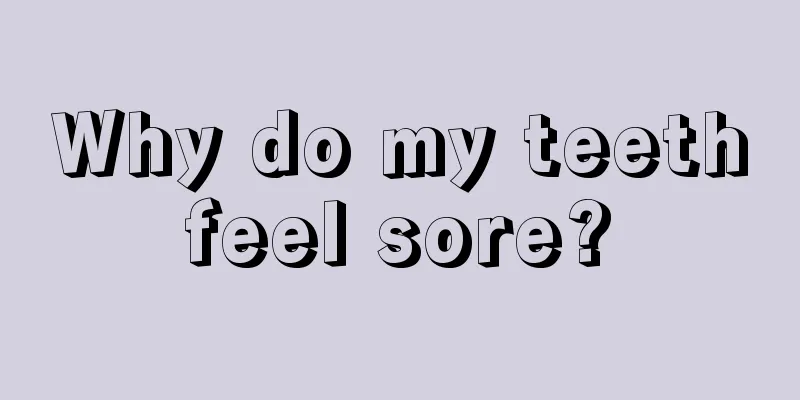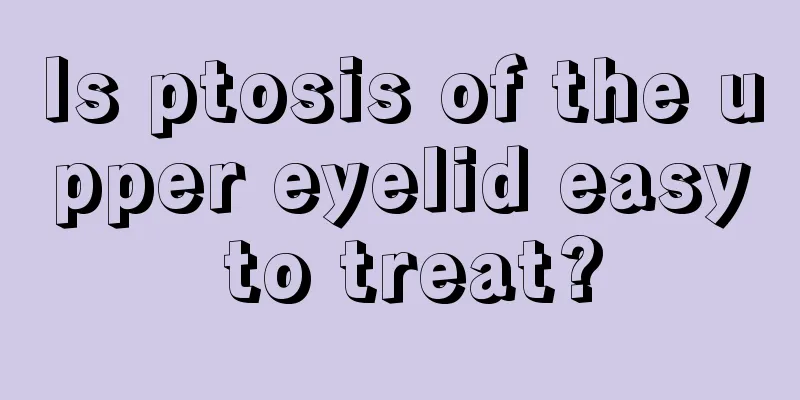How to treat glioma

|
Glioma is a brain tumor disease. There are no symptoms in the early stage of the disease, so many patients have already suffered from glioma without knowing it, which endangers their health and affects their daily life. So how to treat glioma? This is the answer that most patients want to know. The following editor will answer it for you. 1. Surgical treatment Surgery is still the most effective treatment method at present. Its purpose is to make a clear diagnosis, improve symptoms, reduce tumor burden, and create conditions for further treatment. With the widespread application and improvement of microsurgery, laser, ultrasonic aspiration, and navigation systems, tumors that were previously considered inoperable can now be surgically removed. In particular, the application of intraoperative magnetic resonance imaging and navigation systems has greatly improved the total resection rate of surgery and reduced the risk of surgery. Intraoperative magnetic resonance imaging can measure the size of the resected area, and the functional neuronavigation system can display the location of the surgical field to prevent unnecessary neurological damage. In order to further improve the treatment effect of gliomas, an ommaya reservoir can be placed in the cystic cavity after tumor resection, and chemotherapy drugs can be injected into the cystic cavity during and after surgery to improve the killing effect on tumor cells and prolong the patient's survival. At present, we have applied this technology to clinical research and have achieved initial results. The long-term treatment effect remains to be further observed. 2. Radiotherapy In recent years, the main progress of radiotherapy has focused on the application and selection of radiosensitizers, and the improvement of radiation dose, radiation field, and time interval. Most gliomas are insensitive to radiation, so the application of sensitizers to improve the radiation effect can enhance the killing effect of radiation on tumor cells. Radiosensitization refers to substances that can enhance the biological effect of ionizing radiation. It is clinically used to enhance the killing ability of radiation on tumors and has great application value in the radiotherapy of tumors. Currently, commonly used sensitizers include nitroimidazoles and bioreductants. Nitroimidazole drugs, such as Misonidazole, SR-2508, R0-03-8799 and other radiosensitizers, can selectively enhance the sensitivity of hypoxic cells to radiation, which is 30% to 70% higher than the effect of radiotherapy alone. Gamma knife treatment is effective for tumors that cannot be completely removed and recurrent tumors. 3. Chemotherapy Chemotherapy is an important part of the treatment of glioma. Surgery or (and) radiotherapy has achieved good results for some gliomas. However, most tumors are still inevitably recurrent. Chemotherapy plays an important role in further killing residual tumor cells. There are many chemotherapy regimens for glioma, but the main drugs are single or combined drugs with nitrosoureas as the main body. In clinical practice, the commonly used regimens in Europe and the United States are: PCV regimen (lomustine, methyl procarbazine, vincristine), which is mainly used for highly malignant astrocytomas, oligodendrogliomas, multiform glioblastomas and anaplastic astrocytomas; BC regimen (cisplatin, BCNU), which is mainly used for highly malignant astrocytomas; cyclophosphamide or cisplatin alone has a good effect on medulloblastoma; recurrent diseases are treated with combined drugs, such as EC regimen (VP-16 + carboplatin); MeCCNU + Vm-26 is mainly used for low-grade malignant gliomas, and vincristine and cisplatin are also used to treat low-grade malignant gliomas. For different types of tumors, the chemotherapy drugs selected should be somewhat different; for medulloblastoma, especially for recurrent or disseminated tumors, the PCV regimen should be used; for brainstem glioma, CCNU or BCNU can be used alone or in combination with PCZ or VCR; ependymoma has a significant response to BCNU. |
<<: Is it good to take Chinese medicine for glioma
>>: What are the treatments for glioma
Recommend
I woke up feeling very tired and weak
When you wake up from sleep, you will feel very t...
How to diagnose myocardial infarction
Myocardial infarction is a heart disease that har...
4 risk factors for prostate cancer. You should be aware of the manifestations and symptoms of prostate cancer.
Prostate cancer is not unfamiliar to everyone. Wi...
The difference between lipstick and lip gloss
Usually, many women will apply lipstick or lip gl...
What are the measures to prevent tongue cancer?
What are the measures to prevent tongue cancer? A...
Late stage liver cancer rolling eyes when sleeping
Patients with reduced liver function, prone to an...
How to store lemons without a refrigerator
Generally speaking, the shelf life of lemons is r...
Patients need timely treatment of early symptoms of colorectal cancer
Since many people do not pay attention to their d...
Talk about the overview of fibroid disease
Fibroids are a very common disease in daily life....
What causes itchy urethra in men without any discharge?
The urethral health of male friends is also quite...
Causes of nasopharyngeal carcinoma
What is the cause of nasopharyngeal cancer? The m...
What virus is chickenpox
Chickenpox is a viral disease. This disease is us...
Nervous and excited, stiff neck and shaking head
When people are emotionally nervous, their limbs ...
What are the hazards of phenol to human body
Many people may not be familiar with phenol, but ...
How to treat facial swelling caused by toothache
Toothache is something that most people have expe...









